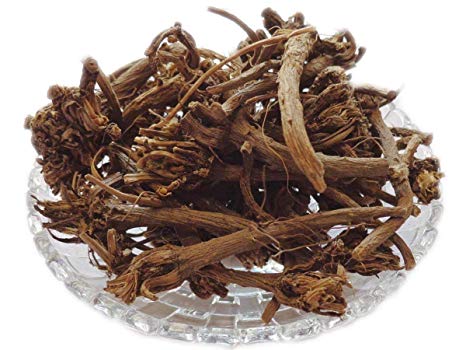Alkarka plant is grown in the largest quantity in Algeria.In India it rises somewhere in the fertile land of Kashmir, Assam, Bengal, in the mountainous regions of Gujarat and Maharashtra. Its shrubbery starts growing in the early spring.The stomach is the rheumatoid arthritis and glandular. The bark of bark is bitter and violet. Its flowers are yellowish in the smell and headache. The roots are 8 to 10 cm long and about 1.5 cm wide and strong and festive.
Name In Different Languages:
English Name : Pellitory, Longwort, Mount Atlas Daisy, Spanish Chamomile
Hindi Name : Akarkara, Karkara
Urdu Name : Aqarqarah
Sanskrit Name : Akarkarava, Akarkarbha, Akaltnak, Akallka
Properties :
Acidity is hot, dry, dry, hot in nature and caffeine and pesticide. Apart from this, it is an aphrodisiac (enhancing sex excitement), extractor (semen-enhancer), blood-proofing (bleed), vomiting (swelling), mouth deodorant (odor loss) Dental disease , cardiovascular disease(weakness of the heart), is also beneficial in raising the disease of children, tiredness, abduction, blood circulation (blood flow in the body).
Harmful Effects :
Due to excessive amount of external use of acetic acid, the color of the skin becomes red and it has irritation. If it is consumed more internally, then it can increase the speed of the pulse, diarrhea , dizziness, embarrassment, fainting , bleeding etc. It is also harmful for the lungs as it increases their speed.
Useful in various diseases :
1. paralysis ( paralysis ):
- By mixing with the dry dandhi mahua oil of akarkra, the paralysis is removed.
- Grinding the root of akarka by mixing it with mahua oil will help in paralysis.
- Alkarkara root root of half a gram of gram flour with honey in the morning and evening benefits paralysis (paralysis).
2. Heart disease :
- Pouring Arjuna bark and powdered acetic powder both together, mixing in the amount of half-a-half spoon in the morning and evening in the day brings panic, heartbeat, pain, trembling and weakness.
- Boil the quantity in the fourth part of the volume of about 1 gram of cloves, cloves and apricars, in 400 ml water, when it is left in the amount of 100 millimeters, then remove it and cool it. Then drinking it removes heart disease.
3. Tooth disease :
- Pouring acetic acid in the vinegar and putting it on the toothache gives relief in pain.
- By grinding equal quantity of acacia and camphor, regularly doing the mingle in the morning and evening, the pain of all types of teeth is dispelled.
- Grind the mixture of amaranth, nutmeg, nigrant, boiled alum, black pepper, rock salt and equal quantity. With this, keeping regular mangan, the odor of the tooth and the gums and the removal of all the disorders.
Dosage :
The dosage of Anacyclus Pyrethrum (Akarkara) varies according to age and health conditions. The maximum dosage of Anacyclus Pyrethrum should not exceed from 4 grams a day.
| Form of use |
Dosage |
| Akarkara root Powder (crude form) |
1 to 2 grams twice a day |
| Extract of Akarkara root |
125 mg to 250 mg twice a day |
| Decoction |
Prepared with 100 ml water using 3 grams Akarkara root powder once a day |
The safest dose of Anacyclus Pyrethrum is 250 mg to 1000 mg twice a day.





